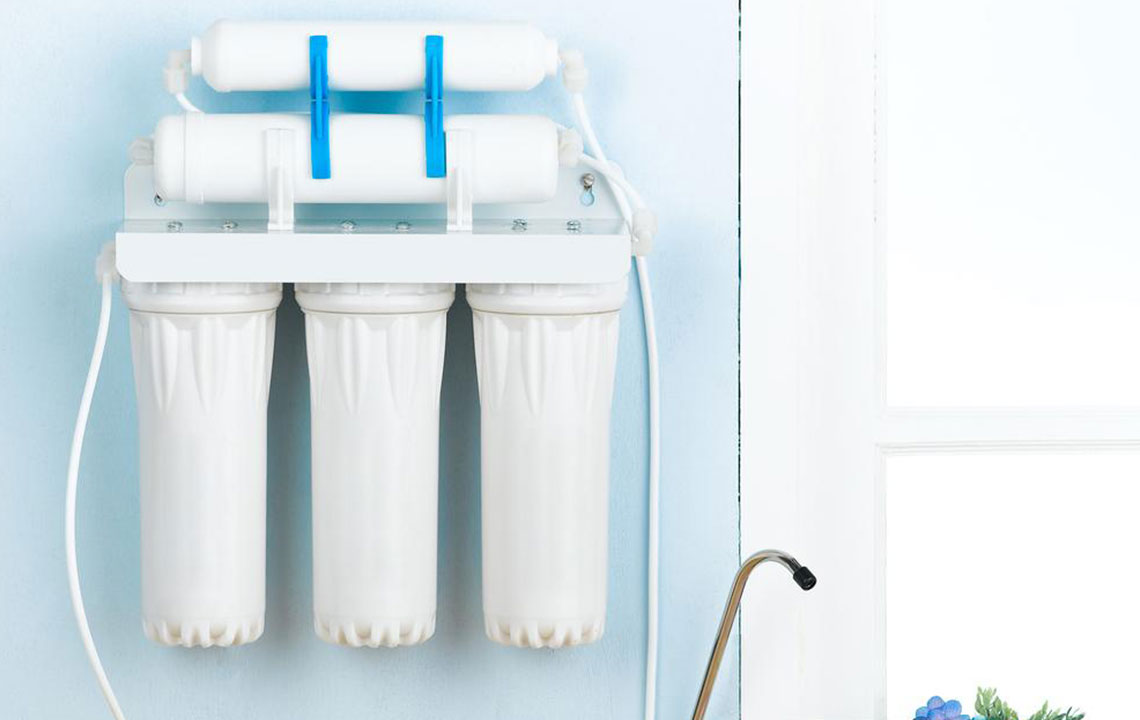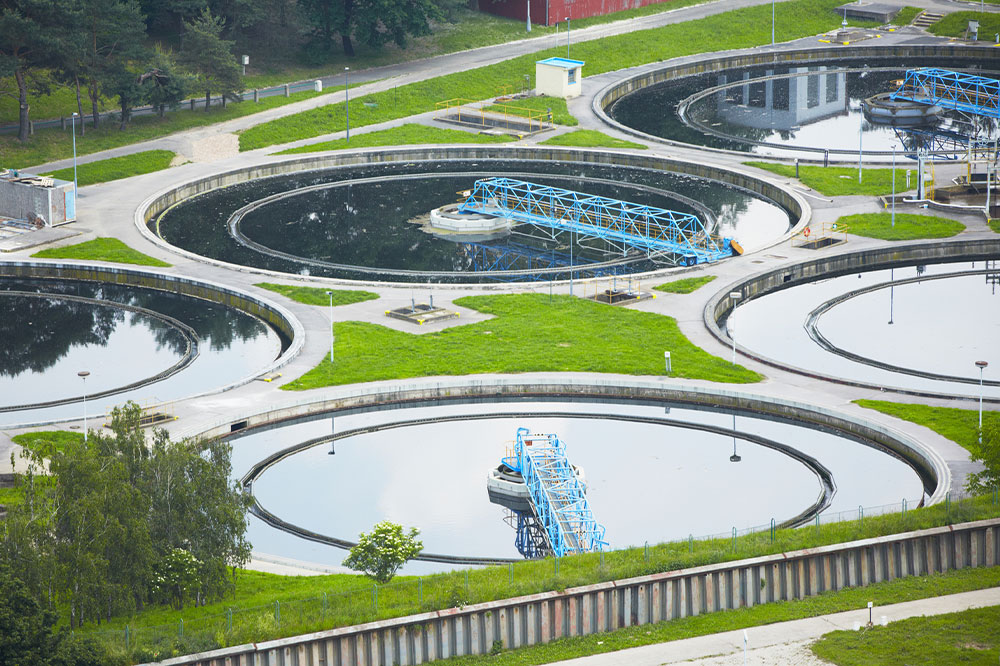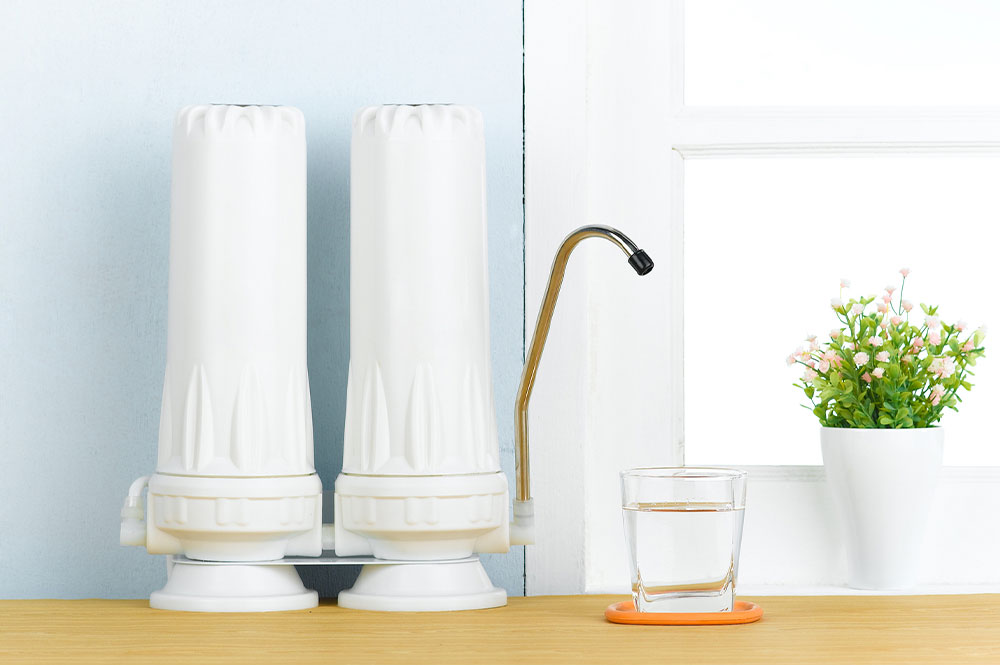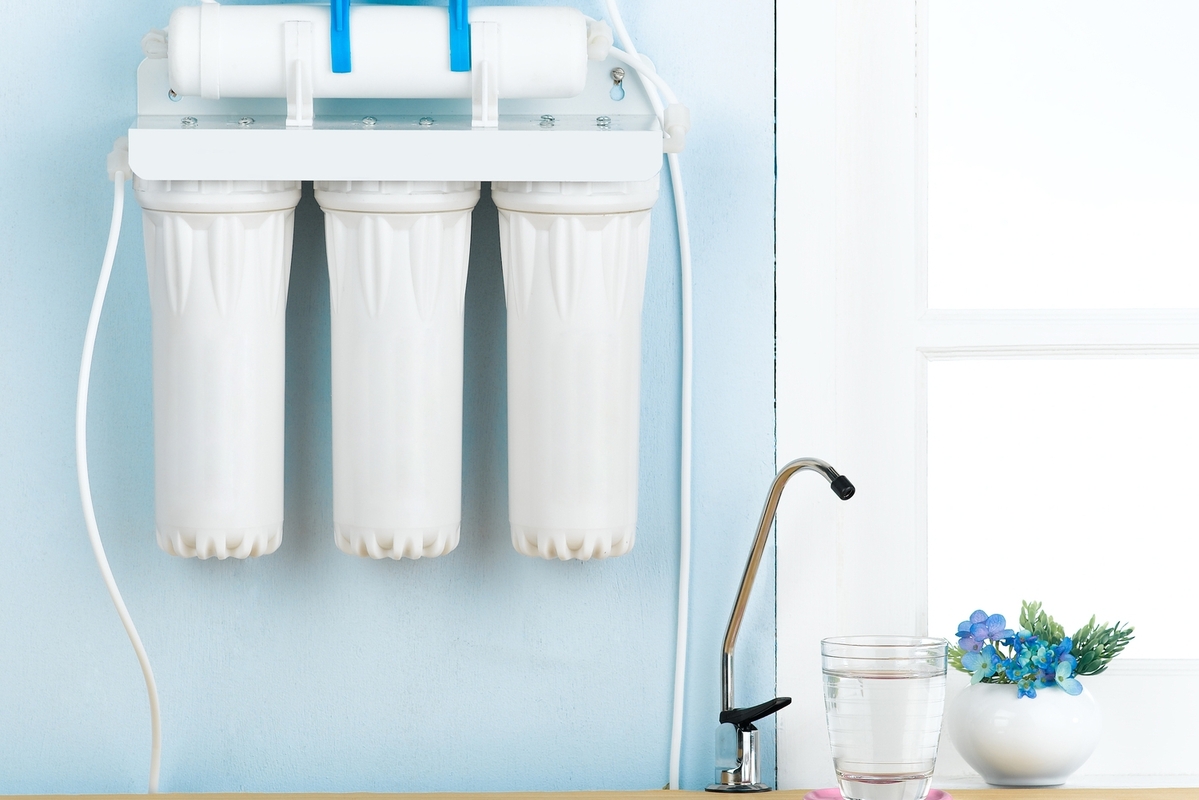Understanding the Role and Benefits of Ultraviolet Water Purification
Discover how ultraviolet water filtration offers an effective and economical solution for water disinfection. Learn about its working principle, benefits, and limitations, ensuring safe drinking water for your household with easy installation and low energy consumption.
Sponsored

Ultraviolet (UV) water purification provides an efficient and budget-friendly method to disinfect drinking water, effectively eliminating harmful biological contaminants. UV treatment targets waterborne pathogens such as viruses, bacteria, and molds. Notably, viruses like hepatitis, which resist traditional chlorine disinfection, are significantly reduced through UV exposure.
How does UV water purification function?
UV light, emitted at approximately 254 nanometers, penetrates the water with a laser-like intensity, higher than natural sunlight.
Water flows through a chamber containing a UV light source, typically a mercury vapor lamp, exposing it to UV radiation. This allows the disinfectant rays to neutralize pathogens effectively.
The mercury vapor inside the lamp is vaporized via an electric arc, emitting short-wavelength UV rays essential for germicidal activity.
Constructed from specialized quartz glass, these lamps emit UV wavelengths around 254 nanometers, which facilitates effective pathogen destruction. The low-pressure environment inside the lamp enhances UV efficacy.
Prior to UV exposure, water passes through a pre-filter—commonly a 5-micron filter—to remove turbidity, enabling better UV penetration and ensuring optimal disinfection.
Advantages and Limitations of UV Water Purification
Advantages
It offers a cost-effective solution for eliminating many waterborne pathogens, safeguarding health efficiently.
Initial setup costs are affordable, with systems starting around $250 for personal use and up to $1500 for comprehensive whole-house filters.
UV systems consume minimal electricity—just about 100 watts—making them energy-efficient.
Easy to install and maintain, they pose no threat to household plumbing or septic systems.
Limitations
They rely on a power source; during outages, UV purification ceases to operate.
Since UV light is invisible, monitoring whether the system is working correctly is challenging; regular filter changes—about twice a year—are recommended.





